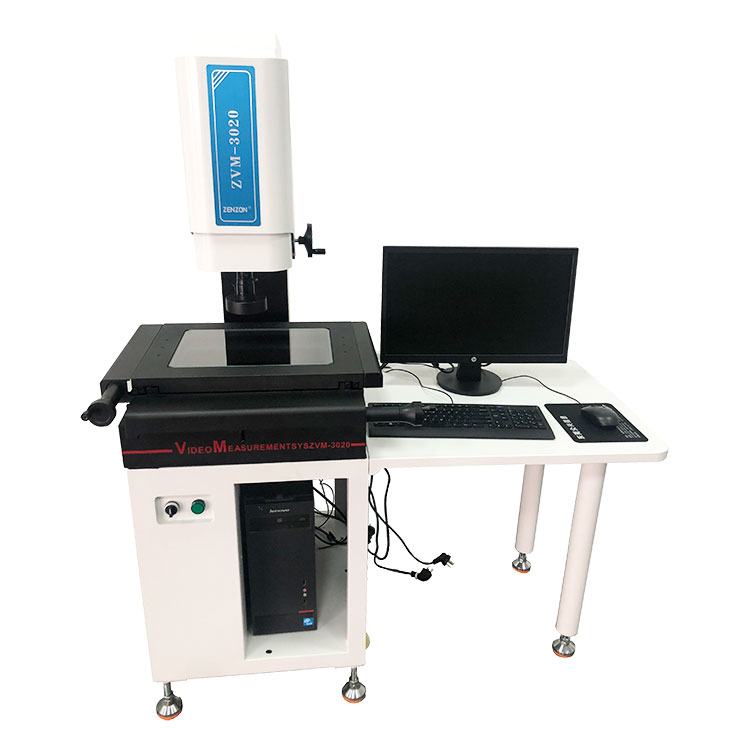Choosing the Right Manual Video Measuring Machine: Key Considerations for Your Application
2024-03-20
In today's rapidly evolving manufacturing landscape, precision measurement is crucial for ensuring product quality, reliability, and compliance with stringent standards. Manual video measuring machines have emerged as indispensable tools, offering advanced capabilities for dimensional analysis across various industries and applications. However, selecting the right manual video measuring machine for a particular application requires careful consideration of several factors. Let's explore the main considerations that manufacturers and businesses should keep in mind when choosing a manual video measuring machine.
1. Accuracy and Precision: Perhaps the most critical consideration when selecting a manual video measuring machine is its accuracy and precision. Different applications may require varying levels of measurement accuracy, depending on the tolerance specifications and dimensional requirements of the components being measured. It's essential to choose a machine that offers the level of accuracy needed for your specific application, ensuring reliable and repeatable measurement results.
2. Measurement Range and Capacity: Another important factor to consider is the measurement range and capacity of the manual video measuring machine. Depending on the size and dimensions of the objects or components you'll be measuring, you'll need a machine with an appropriate measurement range to accommodate your needs. Additionally, consider the weight capacity of the machine to ensure it can handle the size and weight of the objects being measured effectively.
3. Versatility and Flexibility: Different applications may require different measurement techniques and capabilities. When selecting a manual video measuring machine, consider its versatility and flexibility to accommodate various measurement tasks and applications. Look for machines that offer a wide range of measurement tools, magnification options, and software features to meet your specific needs effectively.
4. Ease of Use and User Interface: The user interface of a manual video measuring machine plays a crucial role in its usability and efficiency. Choose a machine with an intuitive and user-friendly interface that simplifies operation and minimizes the learning curve for operators. Additionally, consider the availability of training and support resources to ensure your team can maximize the machine's capabilities effectively.
5. Software and Data Analysis Tools: The software capabilities of a manual video measuring machine are essential for data analysis, visualization, and reporting. Look for machines that offer robust software packages with advanced measurement tools, graphical overlays, and customizable reporting features. Additionally, consider compatibility with industry-standard file formats and integration with other software systems within your organization.
6. Durability and Reliability: Investing in a manual video measuring machine is a significant decision, so it's essential to choose a machine that offers durability and reliability for long-term use. Consider factors such as build quality, materials, and manufacturing standards to ensure the machine can withstand the rigors of daily operation in your environment. Additionally, look for machines with a proven track record of reliability and performance in similar applications.
7. Support and Service: Finally, consider the level of support and service offered by the manufacturer or supplier of the manual video measuring machine. Choose a reputable company that provides comprehensive support, including installation, training, maintenance, and technical assistance. Additionally, inquire about warranty coverage and post-sales support to ensure peace of mind and minimize downtime in case of any issues or concerns.
In conclusion, selecting the right manual video measuring machine for a particular application requires careful consideration of various factors, including accuracy, measurement range, versatility, ease of use, software capabilities, durability, and support. By evaluating these key considerations and choosing a machine that meets your specific needs effectively, you can ensure optimal performance, efficiency, and reliability in your measurement processes.


